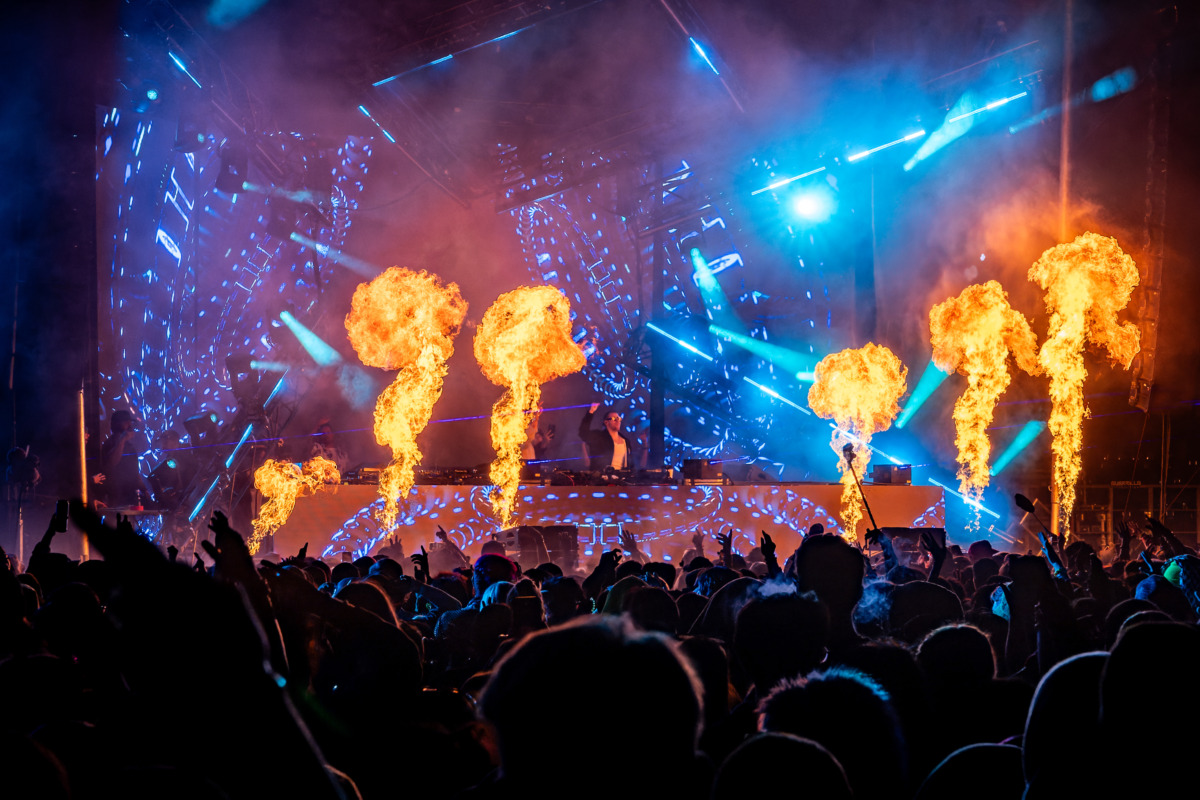WARNING: The following contains spoilers for Dark Knights of Steel #5 by Tom Taylor, Yasmine Putri, Arif Prianto, and Wes Abbott, now on sale from DC.
Dark Knights of Steel hit the ground running when it comes to colorful and creative reinterpretations of old norms. The currently-ongoing series brings takes the classic characters of the DC Universe and transports them to a world of swords and sorcery. Thomas and Martha Wayne are the rulers of a kingdom, until Jor-El and Lara-El crash land, the last survivors of the planet Krypton. They hide their powers as long as they can, but are forced to reveal themselves to save the kingdom from an erupting volcano. They soon develop a close friendship with the Waynes.
In classic comic fashion, Thomas and Martha Wayne meet an untimely end while Bruce is just a child, leading Jor-El and Lana to take the throne as the kingdom's rulers and protectors. Their son, Kal-El, becomes a prince, and it's years later when Dark Knights of Steel takes place. This is already an interesting premise for a story, but writer Tom Taylor doesn't sit on his laurels, instead revealing at the end of the first issue that Bruce is the bastard child of Jor-El and Martha. A half-Kryptonian Batman is something new to comics altogether, and Kal-El doesn't take it well when he finds out in the comics' latest issue. He tells Batman "there can be no challengers," dragging him up into the sky and stabbing him with a shard of Kryptonite before sending him crashing back down to earth.
And who should come across Bruce as he bleeds out in the crater formed by his impact? None other than Jonathan and Martha Kent, who do their best to heal the fallen prince before taking him back on a wagon to their farm. While it's a great cliffhanger to end the series' fifth issue on, it's also an example of what Dark Knights of Steel does best — play with patterns. Almost everyone reading the book is likely to know the story of the humble Kent family caring for a Kryptonian who fell from the sky. Taylor subverts this expectation at first, letting Kal-El's parents live and raise him as their own.
The twist is in reintroducing that piece of the story later, but in a different context. Fans automatically understand why the Kents would care for Bruce. They're the kind and honest folk who taught Superman to be the Big Blue Boy Scout he is. So while they're performing the same literal action, taking a Kryptonian who fell from the sky back to their farm, the results will be different. Batman will awaken with the knowledge that he can no longer trust Kal-El, who's just as intent on world domination as his enemies feared he would be.
More than anything else, this story resembles the books published under the Elseworlds label, which began in 1991 and ran until 2004. Elseworlds comics were unconnected stories, each set in their own fantastic reimagination of what the DC universe might look like. But unlike many of those stories, Dark Knights of Steel isn't just in the purpose of fan service, or an extravagant backdrop to an otherwise-ordinary story. The series is clearly setting up a story centered on the conflict between Kryptonians and the people of Earth. It's asking questions about the will to power and whether might makes right. Superman and his sister, Zala-El, have powers beyond what any human could ever dream of. So what happens when they use that power to be conquerors instead of heroes?
This too is not a new idea. Dark Knights of Steel isn't do anything revolutionary by placing Batman as a hero with a foot in both worlds, alien and human. Superman serves a similar role in many of his own stories. But it's doing it with a creative flair and knack for reinvention that outstrips the rest of the pack, even in an industry dedicated to telling stories using existing characters. Whether it's a half-Kryptonian Batman, a crazed Joker/Lex Luthor Green Lantern, or Poison Ivy reimagined as a dryad queen of the forest, the fantastic world Taylor, Putri, Prianto and Abbot have conjured up only continues to amaze readers.




